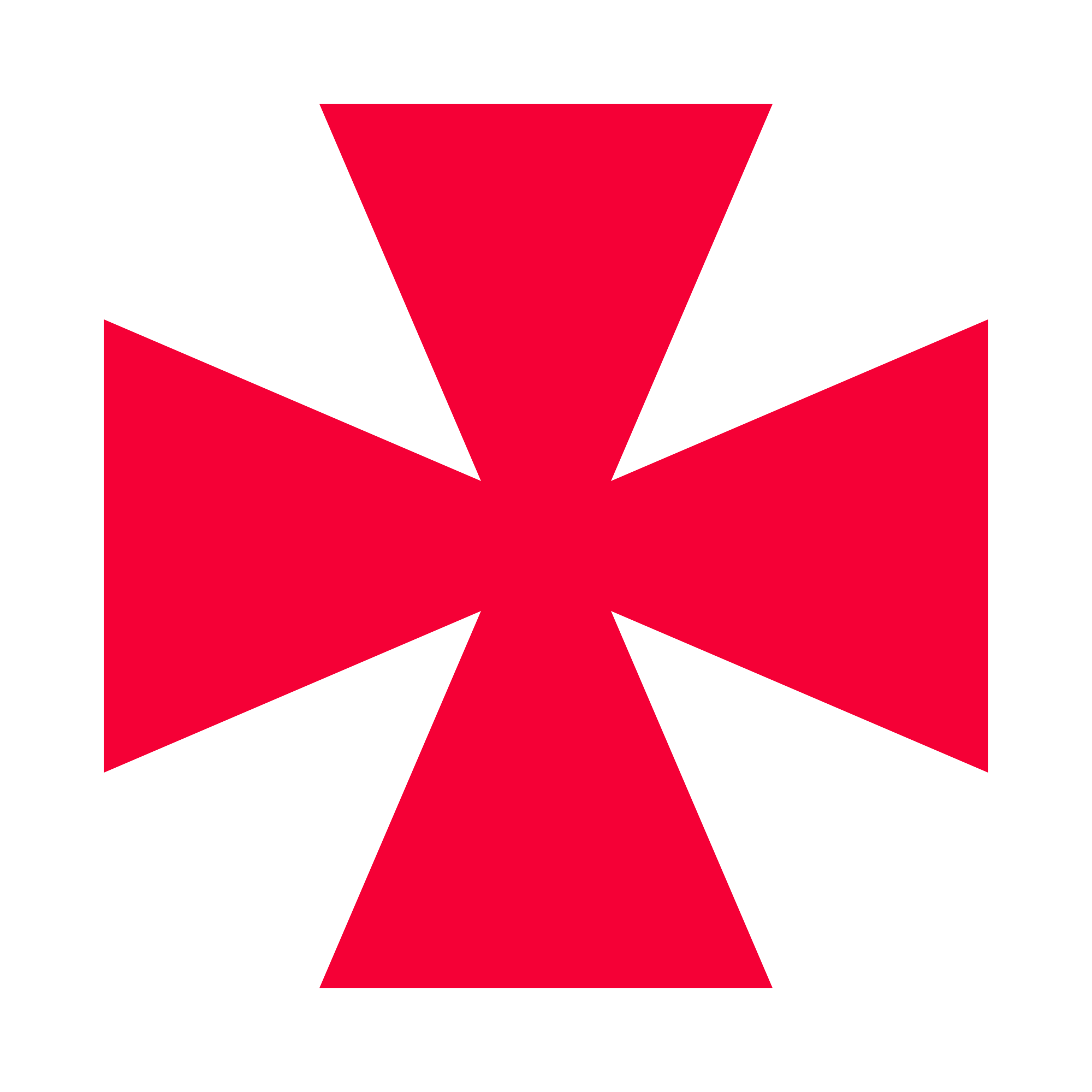Get Today in Masonic History into your Inbox. Sign up today for one of our email lists!
Need an article for your Trestleboard/Newsletter see our Use Policy
Swedish Rite

Today in Masonic History we discuss the Swedish Rite.
The Swedish Rite is a branch of Freemasonry found in Scandinavia (Sweden, Denmark, Norway), Germany (1 of the 5 Grand Lodges in Germany), Iceland and in some lodges in Finland.
The Swedish Rite was first developed in the beginning of the 18th Century. Unlike the spread of Freemasonry in the Anglo tradition which came out of England, Freemasonry first came to Sweden by way of France. It is believed it came from exiled Jacobite's in France who had strictly Christian lodges, many were Catholics in exile from England. This influenced the formation of the Swedish Rite. In the Swedish Rite the St. Andrew's Degrees are referred to as the Scottish Degrees, probably coming from the Jacobite's.
The Swedish Rite, unlike Anglo tradition lodges, is made up of 3 bodies. The first are the St. John's Degrees consisting of the Entered Apprentice Degree, the Fellow Craft Degree and the Master Mason Degree. The second body is the St. Andrew's Degrees consisting of three degrees, the 4th and 5th, which are called the Apprentice-Companion of St. Andrew and the 6th degree, Master of St. Andrew. The third body is the Chapter (Templar) Degrees. It consists of 4 degrees, the Very Illustrious Brother, Knight of the East, the Most Illustrious Brother, Knight of the West, Enlightened Brothers of St. John's Lodge and the Very Enlightened Brothers of St. Andrew's Lodge. There is an additional 11th degree given only to Grand Lodge Officers those who received the degree constitute the Swedish Grand Lodge.
In the early days of Freemasonry in Sweden, lodges were formed by individuals and the lodge bore their name. Quite often they met in the house of the lodge founder. In 1760, the Grand Lodge of Sweden was officially formed, although it had no authority over the Scottish (St. Andrew's) Degrees. In 1774, King Carl XII (then a Duke) was named the Grand Master of the Grand Lodge of Sweden, it was then all three bodies of the Swedish Rite were moved under the authority of the Grand Lodge of Sweden. Unlike in the America's and England, Swedish lodges were mixed when it came to their influence on the enlightenment. It can be said, with some truth, the Swedish Rite, and therefore Freemasonry in Sweden began as a product of the enlightenment and in opposition to it. Until recently, every Grand Master of the Grand Lodge of Sweden was the King or a member of the royal family of Sweden.
Admission to Swedish Rite lodges is highly guarded. Unlike the Anglo tradition the Swedish Rite accepts only men of the Christian faith. It requires those who recommend a new brother attain a certain degree in their 10 degree system. A candidate must be first recommend by a sponsor (mentor) who has attained the 7th degree (Very Illustrious Brother, Knight of the East). The second sponsor must have attained at least the 3rd or Master Mason degree. The candidate must also be at least 24 years of age. It is also required a candidate come to Freemasonry of his own choice, some of the many initial questions asked of a candidate are meant to confirm they chose to join on their own, as opposed to some mercenary or frivolous reason. Only one in three applicants is accepted into the order.
Progression through the degrees is not automatic, particularly when progressing between the three bodies. Once you have attained your Master Mason degree by showing your proficiency and understanding of the Craft through the three degrees, which are generally taken in a local Craft Lodge, you then apply for the St. Andrew's degrees. Once accepted into St. Andrew's, you sever your connection with the Craft lodge, all dues are paid to St. Andrews which has lodges setup on a regional level. Again, once you have proven your understanding of the Craft and the St. Andrew's degrees, you can then petition for the Chapter degrees. Again severing your connection with the St. Andrew's lodge and pay all of your dues directly to Chapter. The Chapter is handled on a national level and only one Chapter will exist in a Grand Lodge.
Although membership outside the Swedish Rite jurisdiction is limited, brothers from jurisdictions with amity with a Swedish Rite Grand Lodge can freely visit St. John's lodges. Currently most Anglo tradition Grand Lodges in the United States, Canada, England and Europe have amity with the Swedish Rite.
This article provided by Brother Eric C. Steele.

